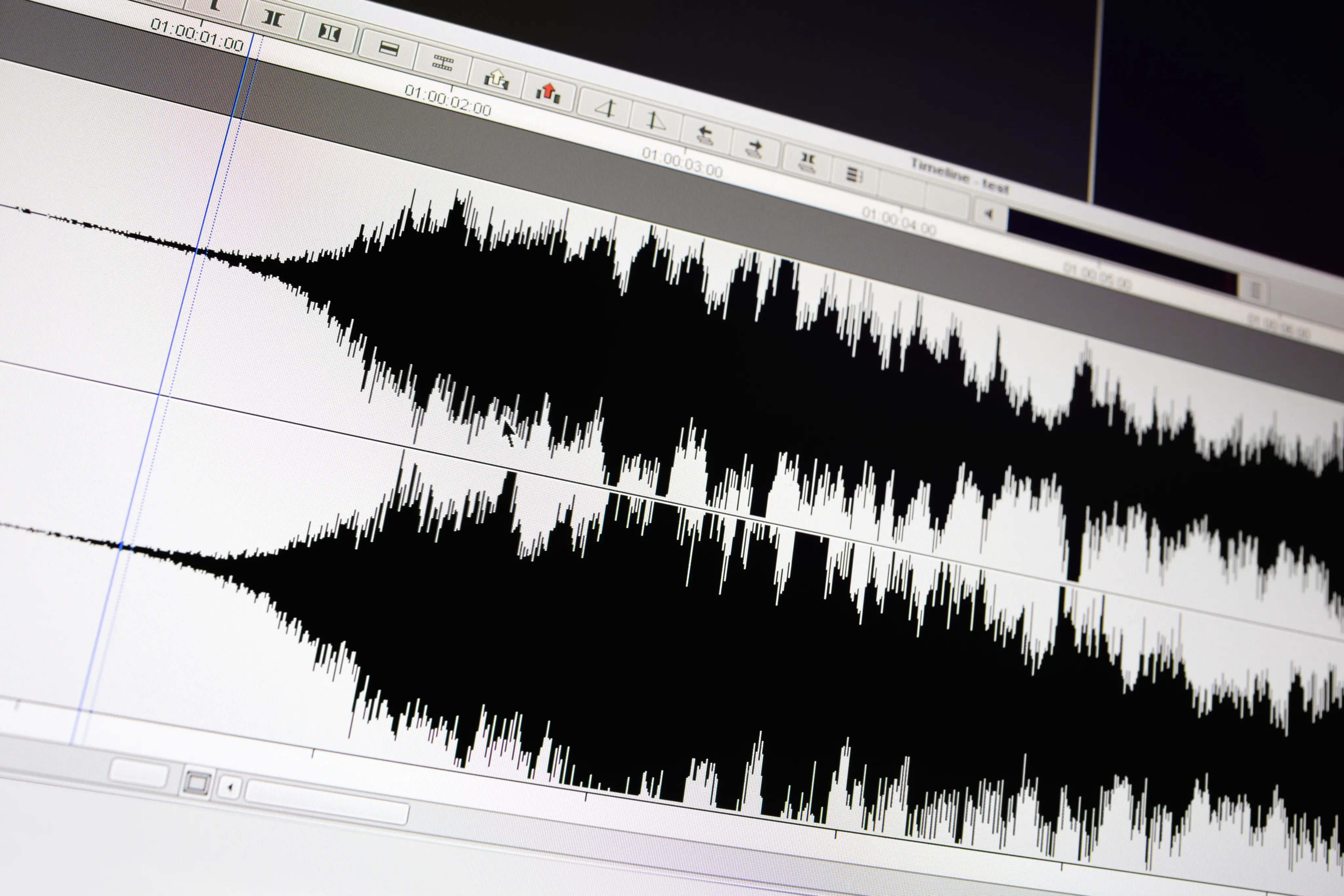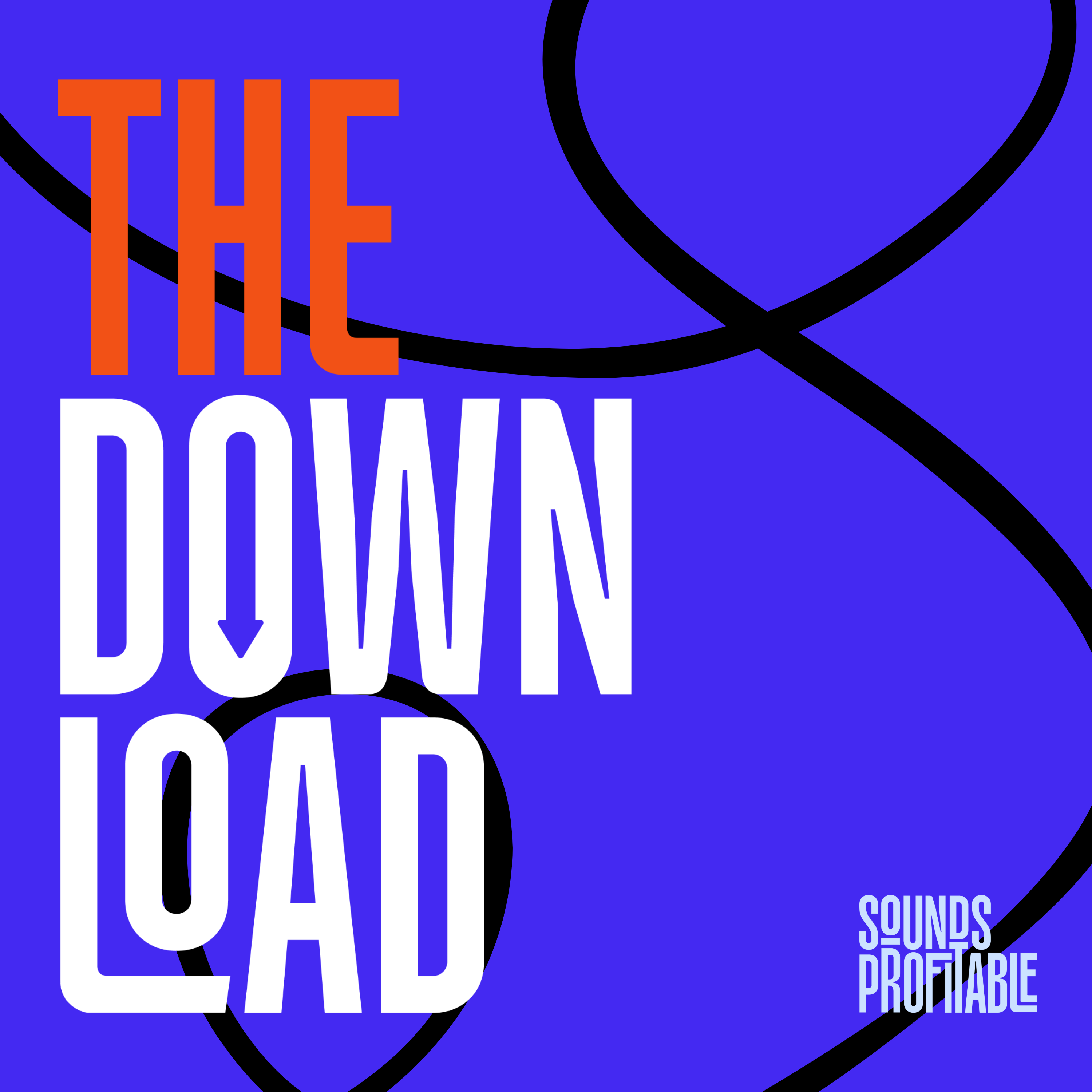This Week in Podcasting
Happy Friday, podcasting! This week I’ve got a quick programming note before we dive into the news: The Download will be taking a week off, so your next weekly recap of essential news from the business of podcasting will hit your inbox on Friday, July 28th. I’ll be 32 instead of 31 by then, but otherwise it’ll be the Download you’ve come to expect.
Speaking of things maturing, that’s our accidental theme for this week! Let’s get started.
U.S. podcasters are attracting more international listeners
A new article from Digiday’s Sara Guaglione collects several sources showing podcasting’s global growth isn’t slowing down. From the article:
“Podcast networks including Acast, iHeart, Spotify and Wondery – as well as measurement companies like Edison Research and eMarketer – have all clocked international podcast audience growth in the past year. Wondery is capitalizing on this growth by translating some of its popular podcast franchises and hiring local podcast teams to create original shows catered to their respective audiences, while other networks are still figuring out how to best cater to this audience.”
Guaglione observes two trends: international listeners are frequently listening to podcasts from the United States, but they’re also embracing global podcasts at the same time. iHeartPodcast reports their international audience grew around 42% from 2021 to 2022, and roughly 20% of their downloads come from outside the US. Canada, a broad region encompassing Europe, and Australia round out their top three download sources outside the U.S.
According to Declan Moore, Wondery’s head of international, some of their podcasts sport up to 40% international listenership. Spotify told Digiday the Spotify Audience Network international listenership has grown 72% from Q1 2022 to Q1 2023.
While the U.S. remains the largest concentration of podcast listeners, the medium is quickly going global and is growing at a healthy pace.
![]()
Why a ‘podcast election’ is unlikely
In this week’s issue of Hot Pod Amrita Khalid covers the new media landscape the 2024 U.S. election will take place in, as compared to previous cycles. The 2008 presidential election can be called the “Facebook election” due to the overwhelming presence of the platform at the time. Similarly, Twitter and broadcast news were at the forefront of the 2016 and 2020 elections. A quote from Khalid:
“As David Pierce noted this week in The Verge, virtually every major social platform that defined the 2010s is closing its walls and shifting its focus to increasing engagement with advertisers — not growing users. Perhaps as a consequence, there’s no “reigning” platform that shapes public discourse in the way that Facebook and Twitter did. Facebook usage is rapidly declining, and Twitter’s algorithm favors content from paid subscribers. The number of Twitter alternatives continues to grow (I joined two, Spill and Threads, just this week), but not a single one appears to dominate the conversation.”
Despite the industry’s best efforts, podcasting does not have the same presence as Facebook in 2008, but while 2024 may not be a so-called “podcast election,” it does seem to have a place in the strategy of several candidates. A recent TIME piece by senior reporter Vera Bergengruen details how long-shot presidential candidates are hitting the podcast circuit in hopes their appearances will then be clipped and spread to a wider social media conversation.
Chief among these examples is Robert F Kennedy’s appearance on The Joe Rogan Experience, in which clips of Kennedy’s more polarizing claims, including the belief radiation from WiFi networks can open the blood-brain barrier preventing toxins from entering the brain, ” went viral on social media. Kennedy’s book publisher told TIME the interview made his most recent book the #10 best-selling book on Amazon. A quote from Khalid’s coverage:
“Podcasts also allow politicians to target very niche segments of voters in a way that’s impossible to do on mainstream media. For example, Joe Biden’s appearance on the SmartLess podcast last year allowed him to reach mostly Millennial and Gen X listeners that may have tapped out of political news completely. For Kennedy, a Democrat candidate whose conspiratorial views led him to being snubbed by many in his party — being a guest on shows like The Joe Rogan Experience and The Jordan Peterson Podcast can allow him to tap into new audiences.”
Whether or not the more aggressive examples of politicians appearing on podcasts will turn into long-term benefits for their campaigns remains to be seen, but the fact remains podcasting is incredibly good at targeting niche, engaged audiences.
![]()
Ad overexposure on CTV hurts streamers as much as brands.
In previous issues of The Download we’ve covered stories regarding the issue of ad repetition in connected TV (CTV), but a new study from IPG’s Magna unit and adtech firm Nexxen adds data to coverage that has largely been based on common sense and anecdotal reports. Digiday’s Michael Bürgi covers it in an article posted this Wednesday.
The study is titled It’s All in the Delivery: How Repeating Ads Affect CTV Viewers, BRands, and Platforms. 1,246 streaming viewers were surveyed on how they felt about the kind of ad creative repetition CTV has had problems with due to programmatic misfires and delivery system issues. Participants were exposed to three ad frequencies: one, four, and six exposures to the same creative during a one-hour viewing session.
Participants who were shown the ad six times did show a 92% recall rate from the sheer repetition, but 48% also found the ad “annoying” and 33% found the ad’s repetition “disruptive to their overall experience.” 16% of the overexposed respondents said the experience lowered their intent to purchase the advertised product.
“It’s the halo effect of that reality that should have brands and platforms concerned and ready to change. More than four out of five participants (83%) believed the repetition was intentional. Broken down, 68% of viewers attributed the intent to the brand while 44% believed that the platform intended to repeat the ad. True or not, these assumptions lend to broader implications, and potentially actions, led by viewers who are not satisfied with their viewing experience.”
CTV’s teething troubles are to be expected from a newer field. Though, it should be noted, podcasting has its tech organized to the point we do not have widespread frequency problems.
Quick Hits
While they may not be top story material, the articles below from this week are definitely worth your time:
- Will Podcast Ad Revenues Double by 2025? Not Without These Five Things by Tom Webster. If podcasting ad revenue is going to get anywhere close to the 2025 IAB/PwC prediction of $4 billion, we need more top-of-mind awareness, improvements to measurement, and innovative adtech.
- Podcasts draw devoted audiences, but ad spending lags by Catherine Wolf. Digiday Research covers data from Sounds Profitable’s study The Podcast Opportunity. Concerns about podcast advertising expressed by buyers included lack of measurement tools (be it lack of knowledge or available options not meeting expectations), and lack of client interest.
- The Rumors of Podcasting’s Death Have Been Greatly Exaggerated…Redux by Eric Nuzum. Pushing back against fearmongering from recent articles about podcasting’s, Nuzum points to both the industry’s growth and increase in resiliency.
- Why Podcast Ad Creative is Pivotal, Now More than Ever by Paul Riismandel. As found in The Podcast Opportunity, 45% of buyers say the quality of podcast ad creative is the most important consideration when choosing a podcast publishing partner.
- Cracking the Code: Gen Z Engagement through Audio Advertising by Mariam Ahmad. Gen Z have robust online lives, and podcasts are well-equipped to meet them where they live.


 "
"


